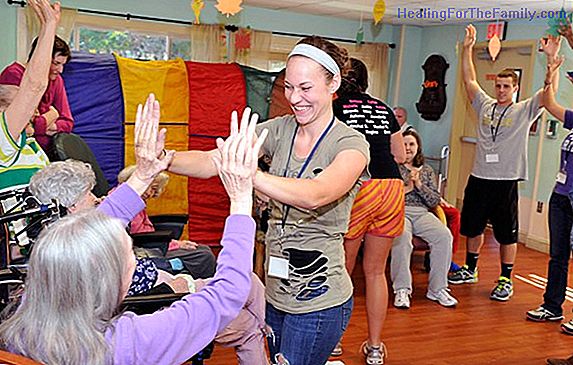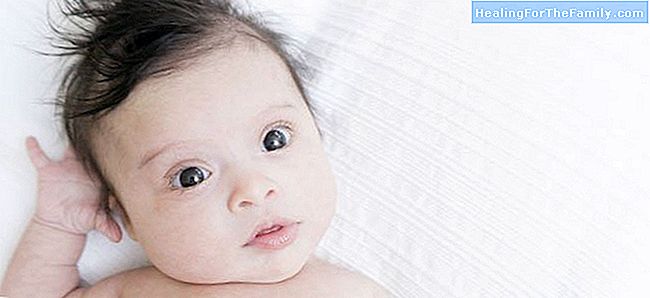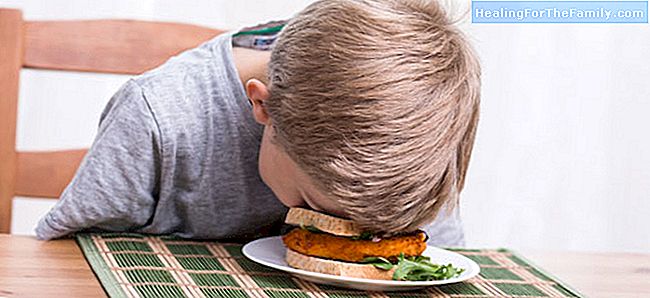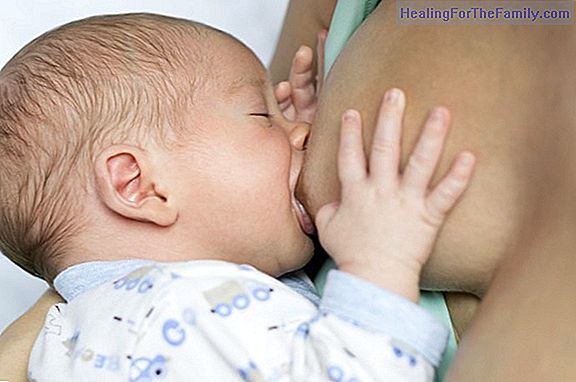Appropriate children's shoes according to the child's age
Choosing a suitable infant footwear according to the child's age is very important to allow a correct development of the feet, which will have a decisive influence on the correct evolution of the walking. Knowing which shoes are suitable according to the child's evolutionary stage is important becau
Choosing a suitable infant footwear according to the child's age is very important to allow a correct development of the feet, which will have a decisive influence on the correct evolution of the walking. Knowing which shoes are suitable according to the child's evolutionary stage is important because children's feet need several years to acquire the shape and position they will have when they are older.
In general, it is important to know that you should not put shoes on babies until they start crawling and that until four or five years old, the ligaments and muscles of children's feet are not well developed.
One type of shoe for each age of the child
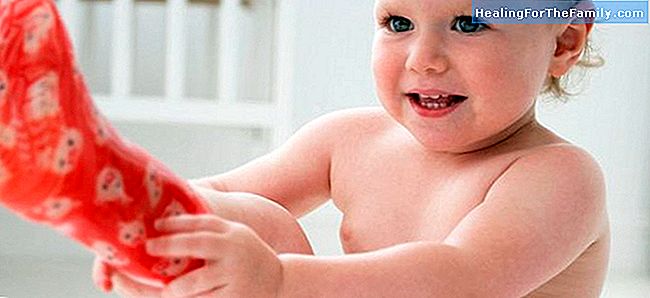
The shoes that the child fits will mold their feet until their full development. Therefore, in the choice of children's shoes parents should not be influenced by aesthetic issues, but by medical recommendations that positively affect the development of the feet, an organ in constant evolution in the child, in relation to their age and development. of the March. According to Javier Ferrer, Nisa Hospital Podiatrist, fitting a baby, although it is beautiful, is completely harmful, since the bone structure of a child takes a long time to fully consolidate. So if we cover them, when they have not yet been developed, we are damaging their optimal development. '
- From 0 until it starts to crawl.The socks or booties are enough to protect the baby's feet from the cold. Footwear is not recommended during this stage.
- Crawl phase.To protect the baby's feet from bumps during their crawling phase, you need flexible shoes made of noble fabrics, with protection on both the toe and heel and soft sole of 2-3 mm. It is advisable to monitor the baby's feet in case of friction.
- From 1-3 years.When the baby starts walking, he should wear shoes with flexible soles that allow him to feel any ground under his feet. In addition, if they have velcros, the child himself can tie and untie himself, favoring his psychomotor development.
- From 4-7 years.The shoe should avoid injuries, since at this stage the foot has a lot of activity, and prevent it from suffering any pathology.
- From 7-14 years.The child begins to establish the adult walking pattern, and the foot is not fully developed. At this stage, children tend to get carried away by fashion, but they do not always choose the most appropriate footwear.
Tips to fit babies and children
- In the first months, put socks or booties to protect from the cold.
- Never put on the child before he starts walking.
- It must be longer than the foot: 1 to 1.5 cm larger than the longest finger.
- Shoes should be changed frequently by others more appropriate for the size of the foot.
- The tip of the shoe should be wide and long, so that you can move your fingers freely.
- Walking barefoot on uneven ground favors the development of the child.
- Do not wear shoes with standard foot supports. If templates are necessary, they must be made to measure.
- Footwear must be made of breathable materials and flexible skins.
- You should not disturb the use, even if it is new.
- Do not wear ankle-high footwear, because it does not allow ankle mobility.
- The sole must be flexible enough to allow joint mobility.
- If the sole wears abnormally in a short time, you should go to the podiatrist for a biomechanical study and be able to rule out possible gait disturbances.
Source consulted:Hospital Nisa Pardo de Aravaca, in Madrid






